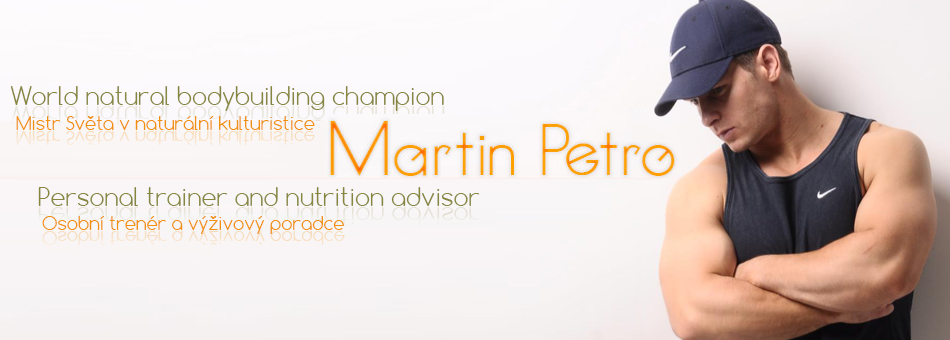Power Rack Training. By Martin
Petro WNBF Pro
I`ve been
training for many years now. I discovered Power Rack Training in 2012 and 2013
thank you Ian Duckett – lifetime Natural Bodybuilder, friend and great old
school man. I never looked back.
I`ve been
training on and off in power rack ever since. The results are amazing. My
strength level went through the roof. All my big lifts – squat – deadlift –
benchpress – shoulder press – barbell rows – barbell curls – close-grip
benchpress - improved enormously! I was strong as an ox. I came to the point
where I had to stop Power Rack training for a while as it was so hard and
demanding, it was scary!
Used
correctly the Power Rack can produce stronger muscles, tendons, ligaments and
sinews. Exercises in the Power Rack can help people break through their
individual sticking points in varying exercises. Take the bench press for
instance; let’s say our guy regularly fails the bench press mid-way during the
ascent of the bar. To overcome the problem the guy can set the rods on the
Power Rack so that the bench press is begun at the mid-way level. The athlete
then trains this particular portion of the movement. Because the range of
movement is less than a full bench press more weight can be used, thereby
strengthening the muscles but also stimulating tendon and ligament strength.
The athlete simply pushes the bar from the rods to the lockout position and
then lowers it to the rods again. No bounce should be used – the bar is pushed
from a dead stop position – this in itself will increase strength – with the
added bonus that the athlete always works out in safety.
The Power
Rack can be used very effectively on the big four: The Squat, Bench Press, Deadlift and Shoulder
press. These compound movements should always be the key movements in anyone’s
routine who wants to get bigger or stronger. Quarter squats, half squats, heavy
lockouts in the bench press, partial deadlifts, rack shoulder press at 80
degree bench are all exercises that can be used. With two sets of rods one can
push from a dead stop from one set of rods and then hold against another set of
rods above the bar for an isometric hold. A little bit of ingenuity and one can
find a variety of safe and effective movements within the Power Rack.
One of the
main faults of trainees is that of
over-training and because of the heavy poundage’s involved in Power Rack
training it is very easy to overtrain. Employ three to five sets at most and
keep the reps low – we are trying to build strength here and not fitness. Use
partial movements only once you have warmed up and preferably after you have
performed the full movement. For example, once you have completed your desired
sets of normal deadlifts, three sets of heavy lockouts would stimulate further
your back and trap development. But just because three sets are good it does
not mean six sets are twice as good. Stimulate don’t annihilate!
Make sure
you are warmed up, make sure that your lifting style is good and then slap
those plates on. If you want to look strong then you actually have got to get
strong! So formulate a workout plan, train hard and smart, supplement wisely,
and use the Power Rack training to your advantage.
www.florahealth.com
www.udoschoice.cz






